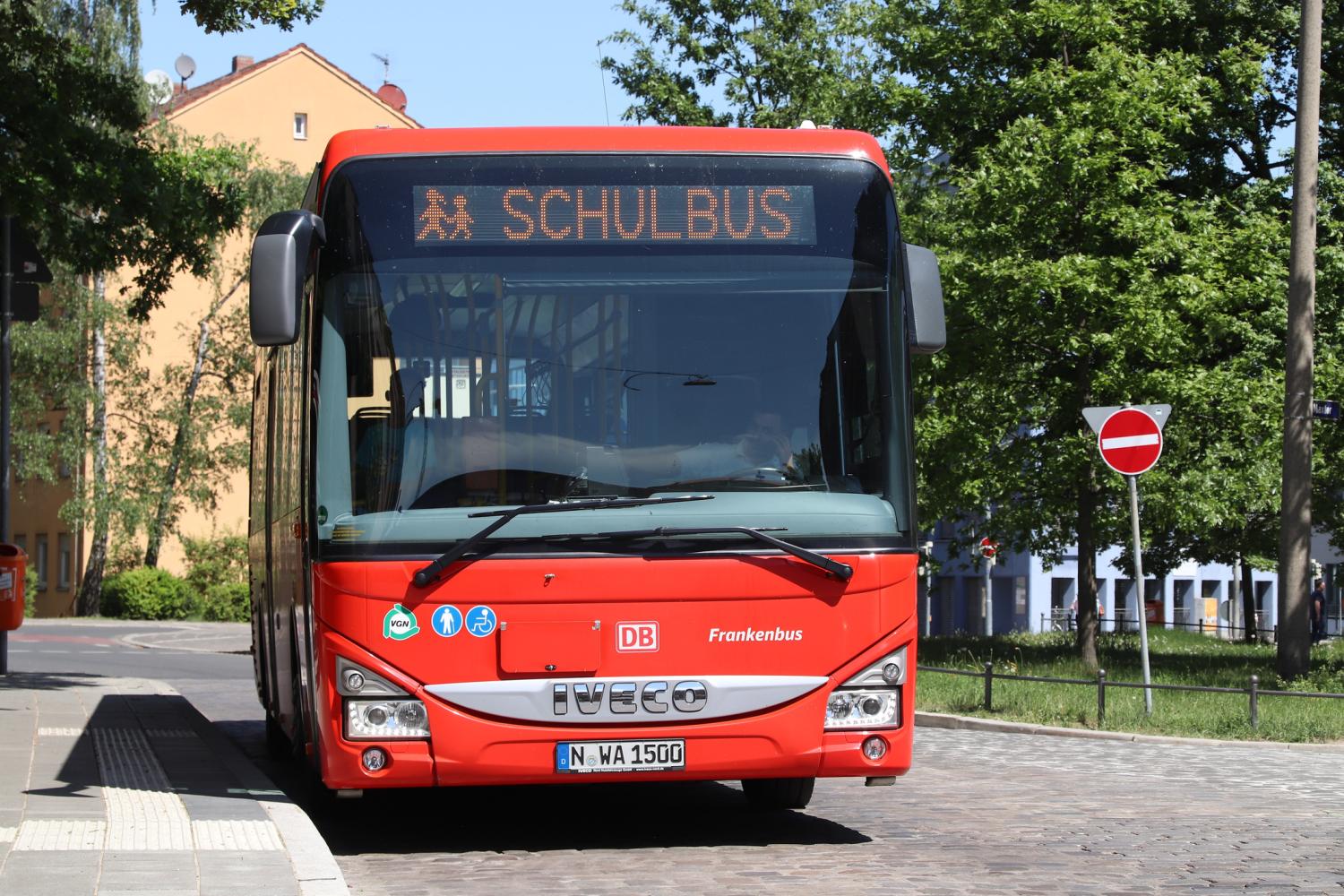The proportion of children infected with COVID-19 while riding a bus to a school in Germany was about four times higher than in peers who didn't ride the bus, illustrating efficient transmission during multiple short rides on public transport, finds a study published this week in Emerging Infectious Diseases.
A team led by researchers from the Robert Koch Institute in Berlin and public health officials used surveillance data, lab analyses, case-patient and household interviews, a cohort study of all students in grades 1 to 4, and a cohort study of bus riders to investigate a 2021 COVID-19 outbreak that involved an infected bus driver and his passengers. The rides lasted 9 to 18 minutes, and multiple schools in a single district were involved.
The principal of the most-affected elementary school provided data on hygiene and testing procedures, class lists, test results, and potential alternative exposures in school. The researchers interviewed bus company staff about bus schedules, hygiene measures, testing protocols, and technical specifications of the bus.
Driver not compliant with quarantine
Amid the fourth COVID-19 (Delta variant) wave in September 2021, local public health officials noticed an unusual rise in infections involving schools in and near a city in Hesse state. The 7-day incidence in the district reached 103 on September 15, relative to 99 in Hesse and 84 nationwide.
At the most-affected elementary school, 1 case each was detected in calendar weeks 35 and 36, but on September 14 and 15, 18 students tested positive for COVID-19. Of 306 students, 70 tested positive during the study period, 65 of whom were case-patients.
Of the 191 participants who tested positive for COVID-19 from September 6 to October 15, 65 (34%) were elementary schoolchildren. The median case-patient age was 17.5 years, half were female, and 23% were fully vaccinated. Most infected participants (84%) had symptoms, one was reinfected, 3% were hospitalized, and 2% (all of whom were 60 years and older) died.
On September 8, the school bus driver transported 17 air travelers returning from a trip to the republic of Georgia for 1 hour. Earlier in the month, 6 of the travelers had tested positive for COVID-19, 5 of whom were case-patients. Six of the 7 bus company employees and their household contacts tested positive during the outbreak.
The driver, who was diagnosed as having COVID-19 on September 15, was directed to quarantine on September 13 because he was an unvaccinated close contact of an infected person. But instead, he drove a public bus, school bus, and charter bus of day-trippers for the next 2 days, and several passengers said he was coughing and not wearing a face covering.
On September 15, the bus driver drove 30 fully vaccinated day-trippers, 6 of whom later experienced symptoms. Two infected day-trippers sat directly behind the driver during the ride, and a third sat at the same table during lunch. The outbreak ended by October 15.
Estimated 74% of students exposed on the bus
Isolation of a SARS-CoV-2 substrain not seen before in Germany and epidemiologic analyses revealed a link between air travel and COVID-19 infections among bus company workers, students, other bus riders, and household members. The infection rate among students at one school was roughly four times higher than among students not taking a bus to that school.
To our knowledge, further transmission was prevented because of measures such as testing and quarantine implemented by the PHA [public health authority] after outbreak detection.
Because no other common factors were identified among infected participants, the first cohort study estimated that 74% of student case-patients were exposed to the virus on the bus. In the second cohort study, 45 of the 61 students (74%) who rode the bus from September 9 to 17 tested positive for COVID-19.
"Most likely, at the time of arrival in Germany, the virus spread from the air travelers to the bus driver, who during the following days may have transmitted the virus to the bus-riding schoolchildren and other passengers," the study authors wrote.
"The outbreak spread further within the bus company, schools, and corresponding households. To our knowledge, further transmission was prevented because of measures such as testing and quarantine implemented by the PHA [public health authority] after outbreak detection," they concluded.





















